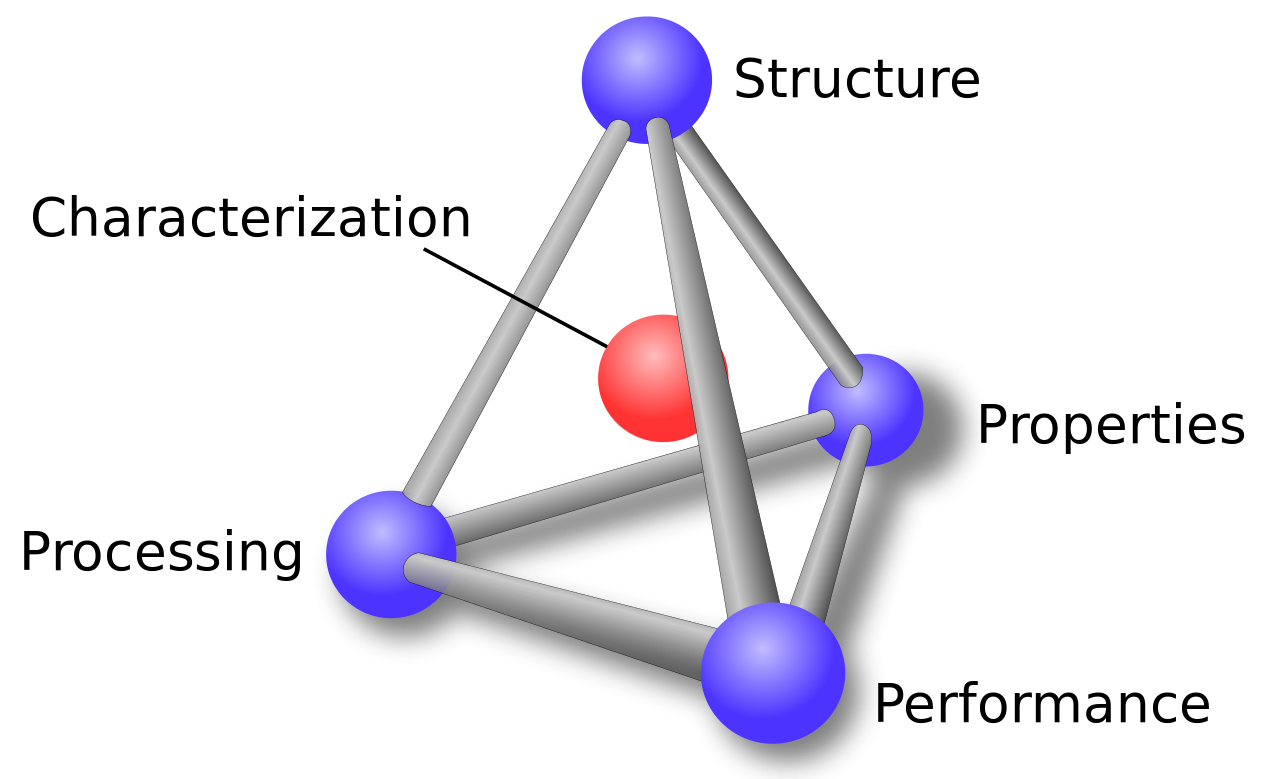

Looking to the future all industries will need next-generation materials to meet the demands for new products that are stronger, lighter, more durable, able to deal with more extreme physical conditions, and quite simply to emulate the structure of the natural world around us. Industries across aerospace & defense, automotive, power generation, utilities, building construction, and consumer products are using new materials recently developed by materials scientists in laboratories and test facilities. High-performing substances from never-before used alloys to stronger and lighter composites are emerging. Manufacturers will need these high performing materials to build the next generation of products that are essential to meet the requirements mandated by advanced transportation platforms, new infrastructure, smart cities, advanced consumer products, and harsher environments.
Manufacturing and makers are moving toward an environment of generative design where engineers will determine up front what they want their designs to achieve, and computer-generated algorithms will provide designs to fit that specific form and function. Just as generative design is being used to design parts for additive manufacturing, as materials science knowledge grows, simulation software will find materials to meet the properties specified by a designer, even including how the properties of materials can vary within the structure of a single part.
New materials are being developed at an ever-increasing pace. Simulation technology allows materials and manufacturing research and development scientists to discover new materials and processes for making things. Sensors: Voltage-sensitive nanomaterials that could be inserted into human tissue to gather information on how the brain functions and to diagnose injury and disease.
The development of all these new materials is highly dependent upon advanced simulation techniques at the atomic level. The steady advancement of computing power and resources has supported simulation software and enabled the modeling of hybrid materials. Prototypes are now being produced in virtual model form long before a physical version is made, using advanced simulation software to build a 3D representation at the molecular level. All of this significantly accelerates product development by calculating the properties relevant to product performance such as loads, stresses, fluid dynamics, aerodynamics, thermal conditions, and more.
Manufacturing and makers are moving toward an environment of generative design where engineers will determine up front what they want their designs to achieve, and computer-generated algorithms will provide designs to fit that specific form and function. Just as generative design is being used to design parts for additive manufacturing, as materials science knowledge grows, simulation software will find materials to meet the properties specified by a designer, even including how the properties of materials can vary within the structure of a single part.


